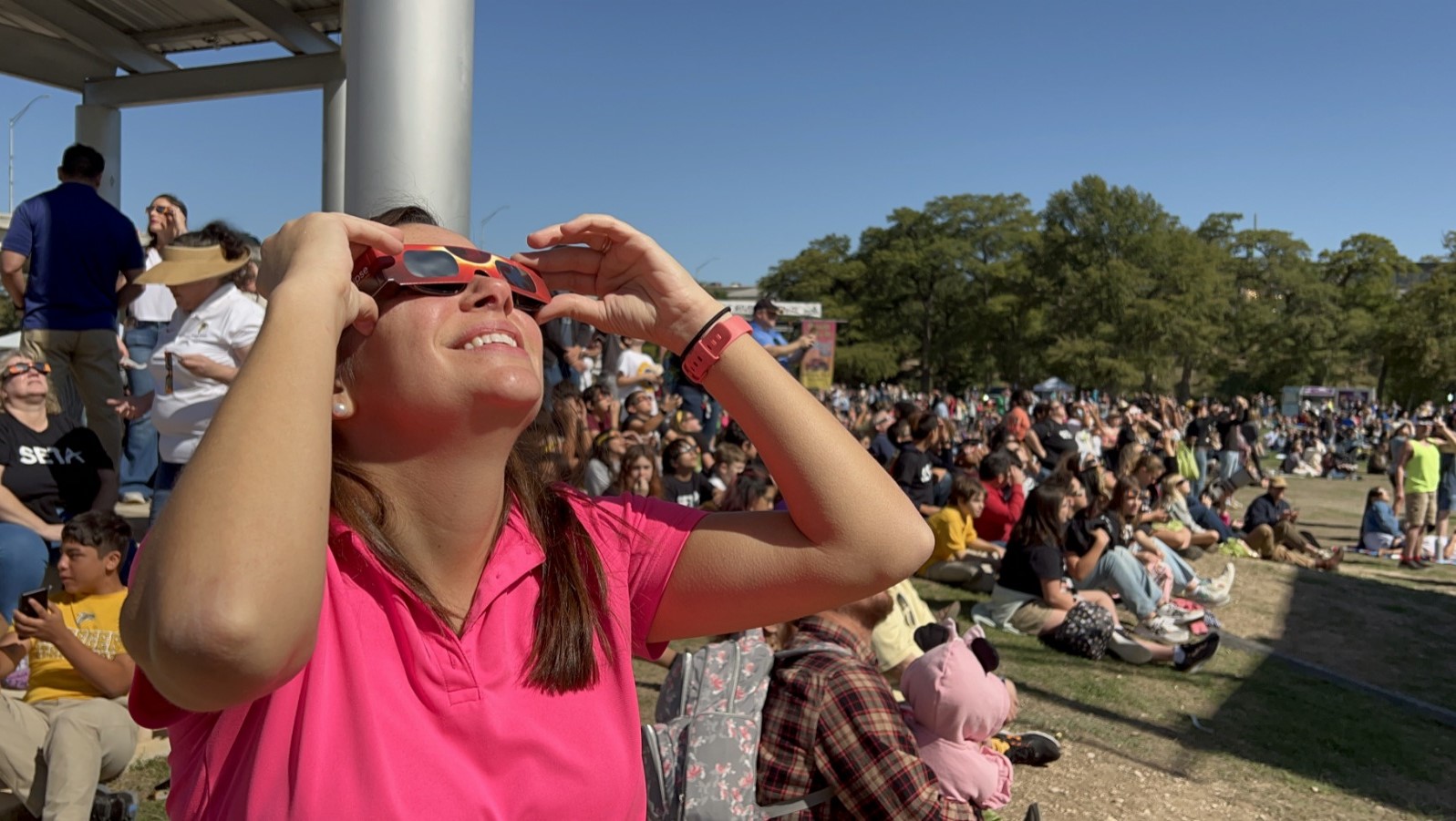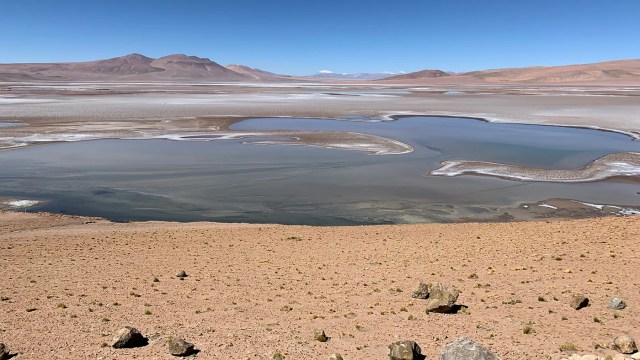Harold Kaufman
Citation Dr. Harold Kaufman began his career at the center in 1951 and developed and tested the first electron-bombardment ion thruster in 1959. The Space Electric Rocket Tests (SERT I and II) used Kaufman’s ion engine in the first successful demonstration of electric propulsion in space and confirmed the technology for long-duration spaceflights. Dr. Kaufman’s […]
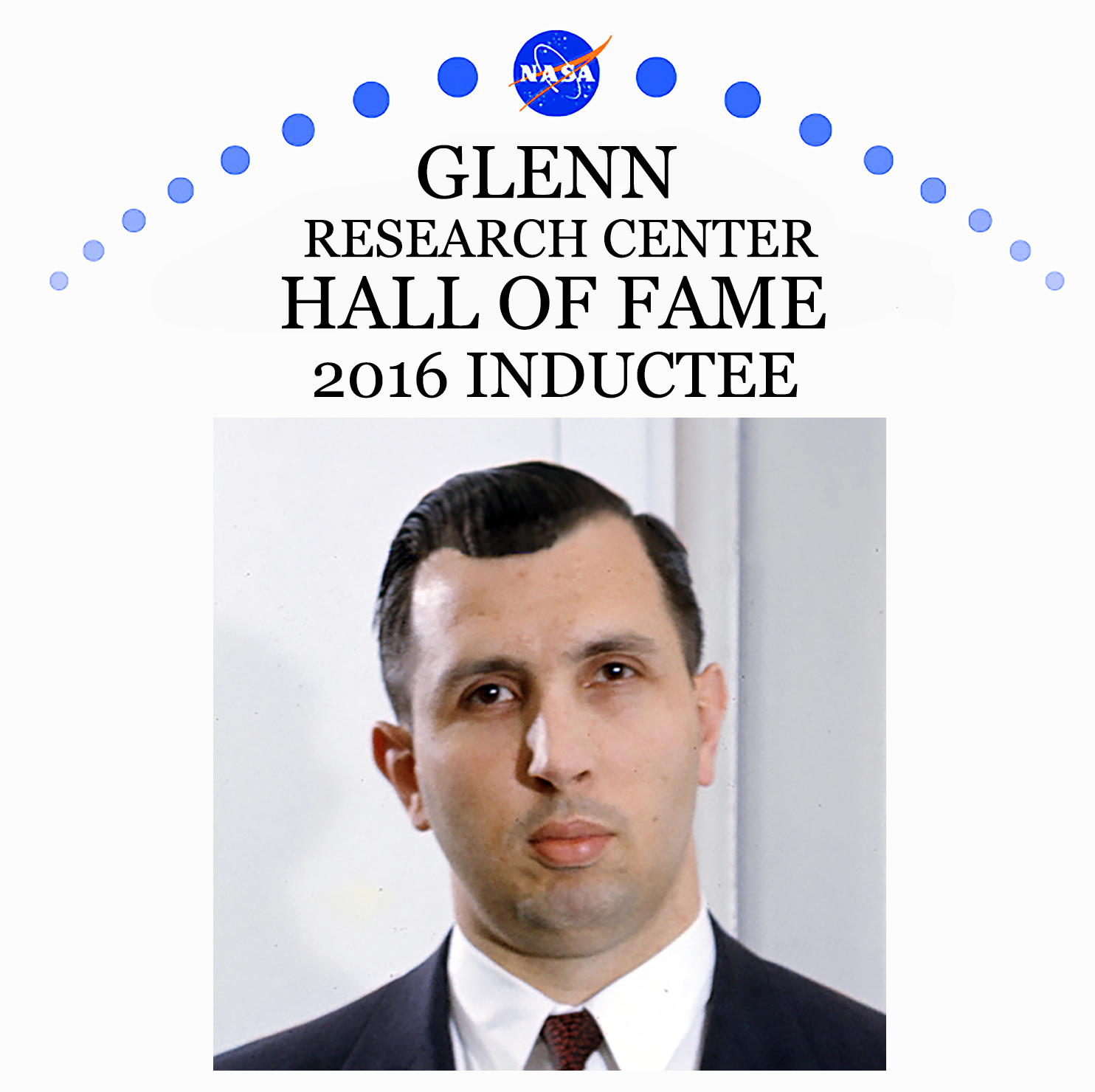
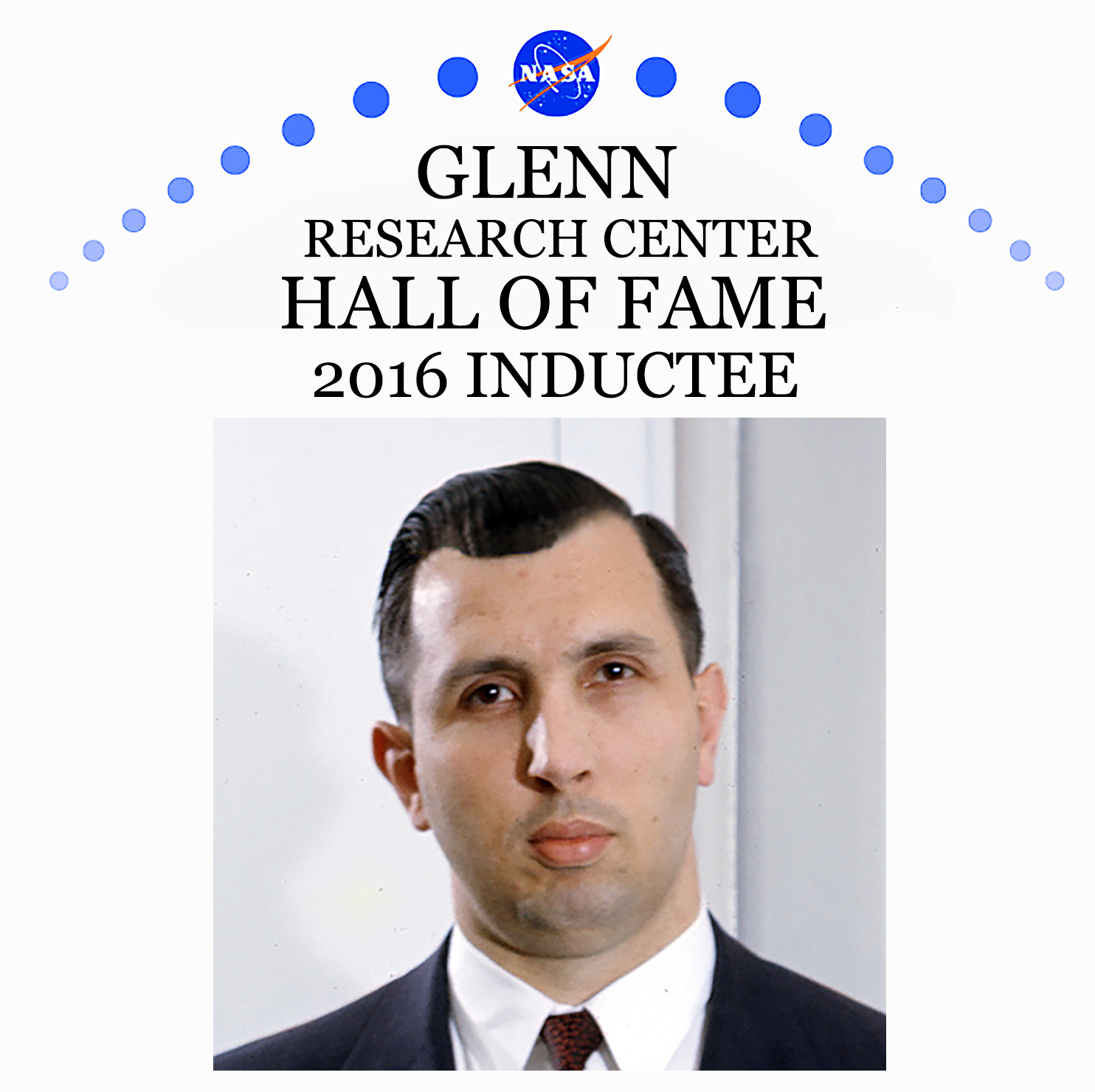
Citation
Dr. Harold Kaufman began his career at the center in 1951 and developed and tested the first electron-bombardment ion thruster in 1959. The Space Electric Rocket Tests (SERT I and II) used Kaufman’s ion engine in the first successful demonstration of electric propulsion in space and confirmed the technology for long-duration spaceflights. Dr. Kaufman’s research revolutionized the exploration of deep space, becoming the basis for ion propulsion systems that are in use today and planned for future NASA deep space missions. Dr. Kaufman retired from NASA in 1974 and became a professor at Colorado State University.
Biography
Center researcher Harold Kaufman has the rare distinction of inventing an experimental spaceflight hardware system that has not only been demonstrated in testing but is being flown in space today. In the early 1960s Kaufman developed the electron bombardment ion thruster. All ensuing U.S. ion propulsion systems have been derived from his original Kaufman thruster, and electric propulsion remains one of the center’s core competencies. After retiring from NASA, Dr. Kaufman adapted the technology for a number of Earth applications and developed a gridless thruster that has become another industry standard.
Kaufman was born in Audobon, Iowa, in 1926 but was raised in Evanston, Illinois. He was trained as an electrical engineer in the Navy during World War II. After the war, however, he decided to pursue a mechanical engineering degree at Northwestern University. He joined the NACA Lewis Research Center shortly after graduating in 1951, initially working on aeropropulsion issues such as afterburner cooling and the experimental use of liquid hydrogen in jet engines.
Following the Soviet Union’s launch of Sputnik in 1957, the NACA became a part of the new NASA space agency, and the center reorganized to focus on space-related issues. Electric propulsion involved ion thrusters, which create charged plasma and expel it as thrust. The concept was not new, but it had yet to be demonstrated when NASA Lewis took up the effort in 1958. Lewis devised mission applications for such a thruster, began constructing vacuum test facilities, and formed the Electromagnetic Propulsion Division to explore a range of different types of electric propulsion for spaceflight.
In 1958 Kaufman was reassigned to the new Electromagnetic Propulsion Division. He was initially instructed to design a thruster using a Manfred Von Ardenne-designed duoplasmatron but quickly realized that it was impractical. He began work on his own duoplasmatron, which was similar in nature, but used different proportions. Kaufman spent the next year studying plasma physics and ways to produce high electrical currents at low voltage. After some trial and error with the Lewis Machine Shop, Kaufman decided to design the thruster himself. The electronic bombardment thruster (Kaufman thruster) emerged.
Kaufman’s engine vaporized liquid mercury, which was then bombarded by electrons to create more electrons and ions. A negatively charged electric field and a positively charged screen drew the ions rearward and out of the engine as thrust. The thruster was tested extensively in Lewis vacuum facilities with excellent results.
In 1960 Kaufman and his colleagues began planning the Space Electric Rocket Test (SERT I) to test the thruster in space. The SERT I spacecraft, which was launched in July 1964, also included an alternative style thruster designed at the NASA Marshall Space Flight Center. Kaufman’s thruster operated for over 30 minutes, but the Marshall engine failed to activate. SERT I provided the first demonstration of electric propulsion in space.
In 1964 Kaufman was named head of the Ion Physics Branch and began planning a second space demonstration of his thruster, SERT II. SERT II employed two solar-powered mercury ion bombardment thrusters. Lewis subjected the thrusters to an array of tests, including long-duration performance. Although SERT II’s initial mission, which was launched in February 1970, did not meet its intended 6-month duration, engineers were able to restart the engines in 1973. They then were able to operate the thrusters for eight years and restart them hundreds of times.
During this period the Electromagnetic Propulsion Division not only improved the ion acceleration, generation, efficiency, and life expectancy for Kaufman’s thruster, but developed alternative electric thrusters. Kaufman was named assistant chief of the division in 1968 and earned a Ph.D. at Colorado State University (CSU) in 1971. Dr. Kaufman and his thruster were widely recognized during this period. The American Institute of Aeronautics and Astronautics (AIAA) awarded him the James H. Wyld Propulsion Award in 1969, the thruster won an IR 100 award (predecessor to the R&D 100 Awards) in 1970, and Kaufman received NASA’s Exceptional Service Award in 1971.
NASA’s budget was rapidly decreasing in the late 1960s and early 1970s, particularly for programs with long development periods—such as electric propulsion. The Electromagnetic Propulsion Division was disbanded during a 1972 reorganization. After serving two years as assistant chief of the new Spacecraft Technology Division, in which electric propulsion was just one of several branches, Dr. Kaufman retired in June 1974 with 23 years of NASA experience.
Dr. Kaufman subsequently accepted a faculty post in the Physics and Mechanical Engineering departments at CSU and returned to research. He later commented, “I am proud that after being a manager for 15 years, I was still competent enough to go back and do work myself.” He served as chair of the Physics Department from 1978 until his retirement in 1984.
During his academic career, Dr. Kaufman became aware that others were exploring alternative applications for ion bombardment technology. He accepted an invitation from IBM to modify the electron beam for thin-film applications. The near-term development of the technology excited him. He later claimed to have averaged a patent per week for the first two months. A colleague asserted that Dr. Kaufman has the most patents of anyone in the IBM Corporation.
Dr. Kaufman used his ion sources for processes like etching and sputtering. The Kaufman ion source is now also used for other applications, such as the ion implanters used in semiconductor processing
After retiring from CSU, Dr. Kaufman formed Kaufman & Robinson, Inc., to continue his work, which included the invention of the end-Hall ion source, which is the basis for most gridless ion sources used in industry today. Dr. Kaufman is currently professor emeritus for CSU in Fort Collins, Colorado, and runs Kaufman and Robinson, Inc.
Meanwhile, NASA researchers have continued to advance the Kaufman thruster design for space propulsion. This eventually led to a 1990s NASA Lewis collaboration with the Jet Propulsion Laboratory to develop the NASA Solar Electric Power Technology Application Readiness (NSTAR) thruster. NASA used the NSTAR thrusters to power its Deep Space I spacecraft in 1998. It was the first spacecraft to use ion thrusters as its primary propulsion system. The NSTAR also powered the 2007 Dawn spacecraft, which is currently exploring large objects in the asteroid belt. The center has since developed an even more powerful version—NASA’s Evolutionary Xenon Thruster (NEXT). All were derived from Kaufman’s invention from the early 1960s.
Kaufman’s ion thruster is one of the most influential and far-reaching technologies to ever come out of the center. With roots in Kaufman’s work, Glenn researchers continue to refine this technology and develop the next generation of long-duration spaceflight capabilities.
Dr. Harold Kaufman passed away in January 2018.
Related Documents
- Biographical Sketch of Kaufman (1974)
- Harold Kaufman Articles (1966-71)
- Kaufman Thruster Development (1971)
- Kaufman Thruster Award release (1970)
- Kaufman Biography and Interview (1991)
- Oral History with Harold Kaufman (1991)
Photographs
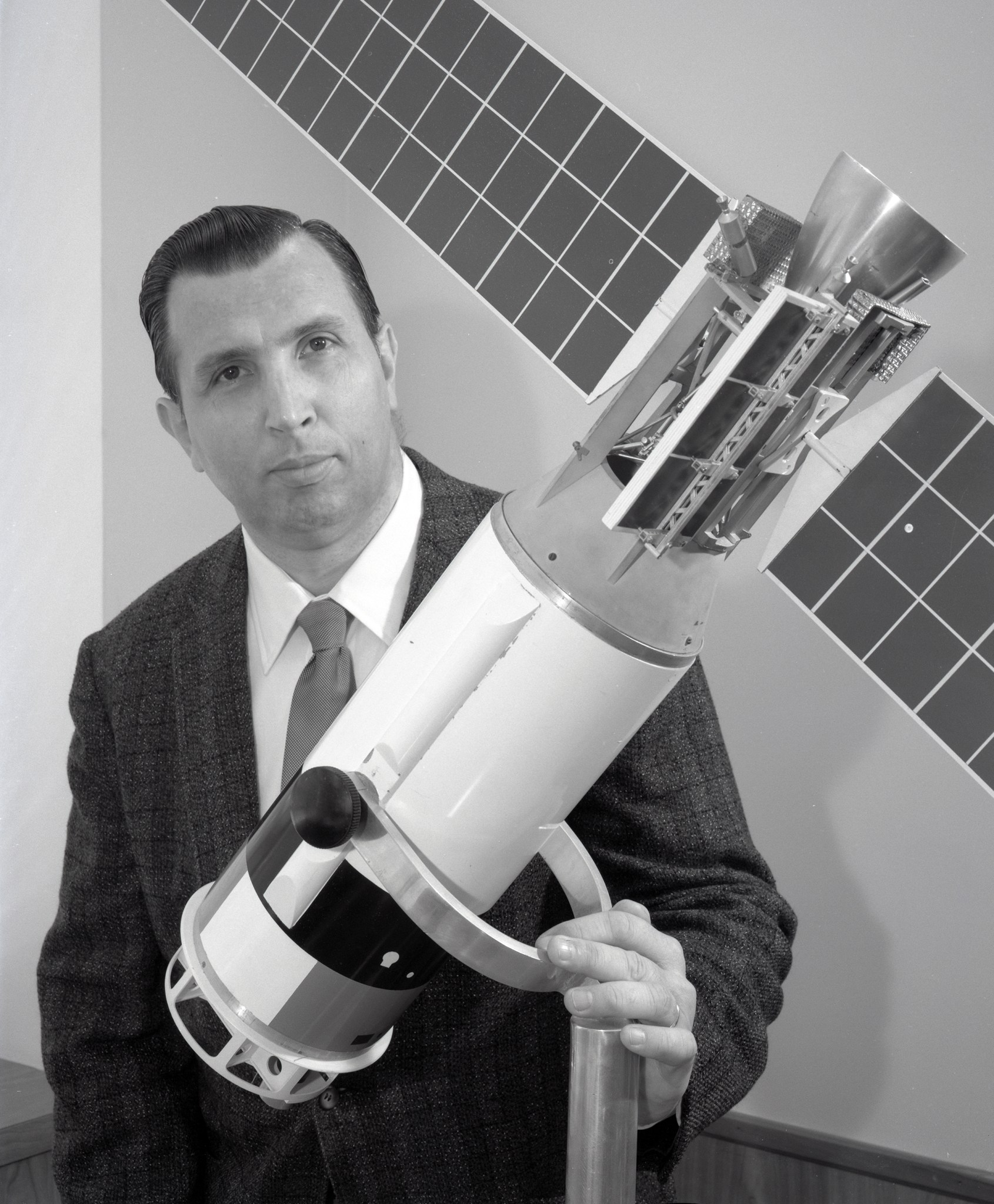
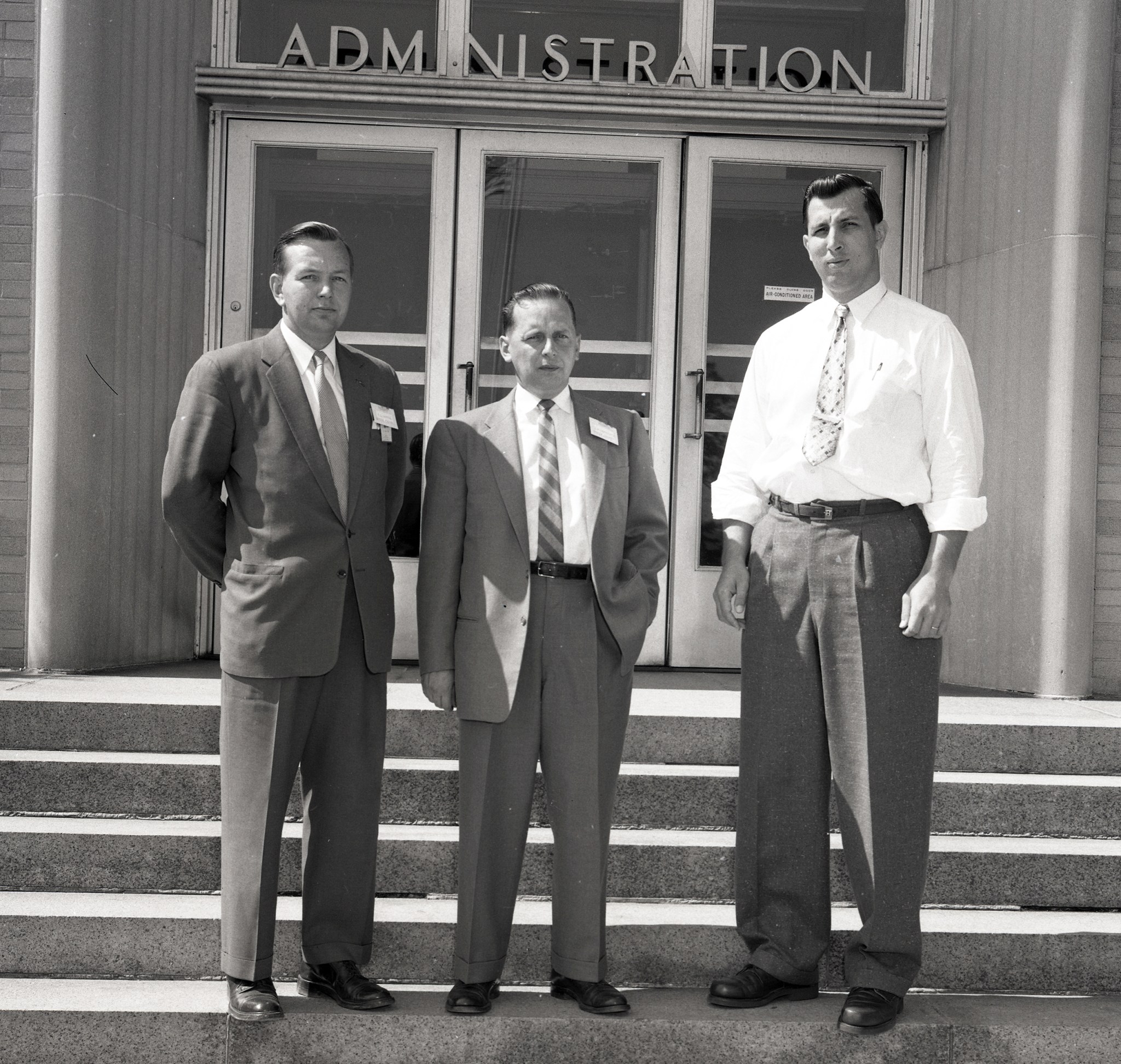
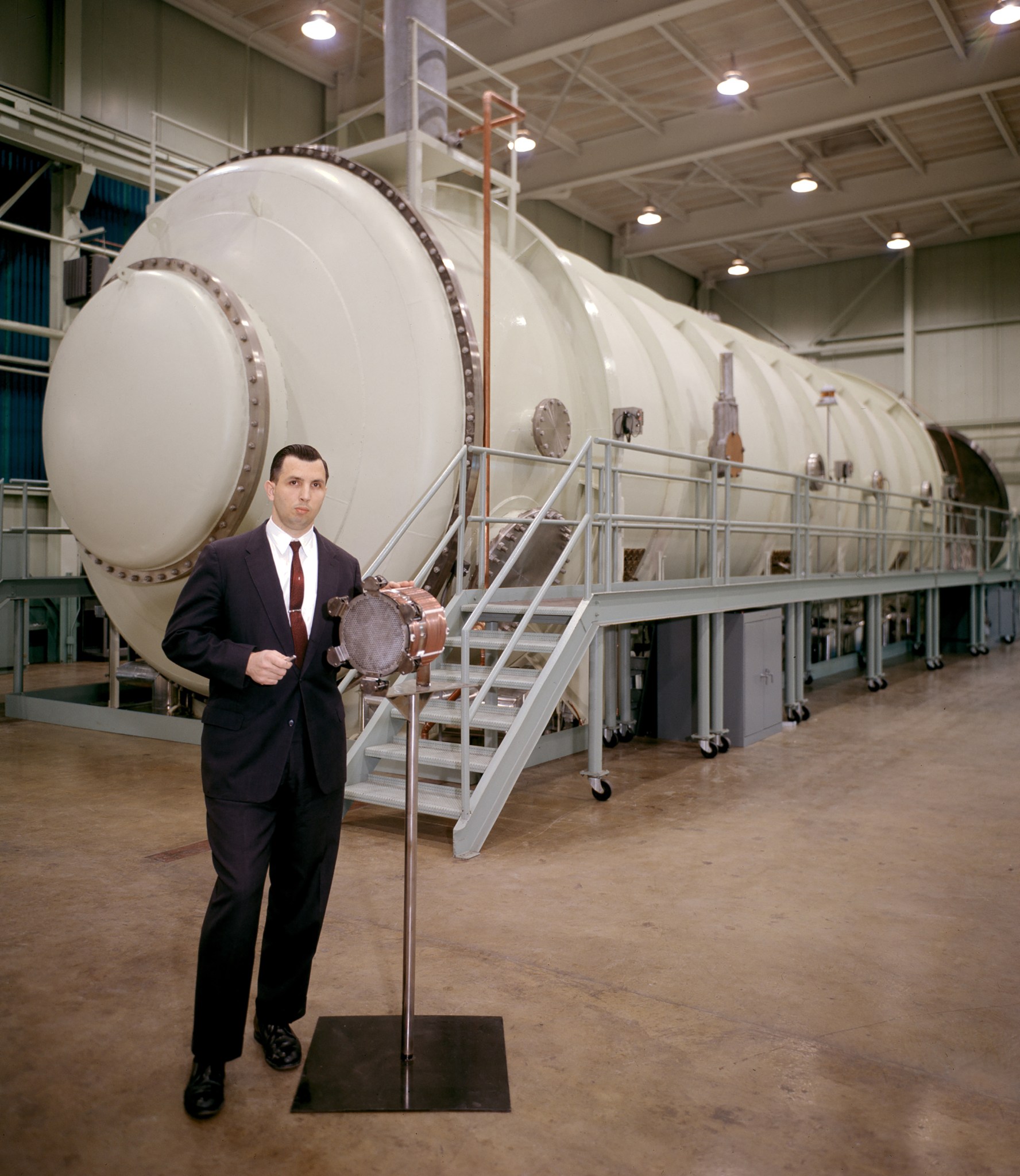
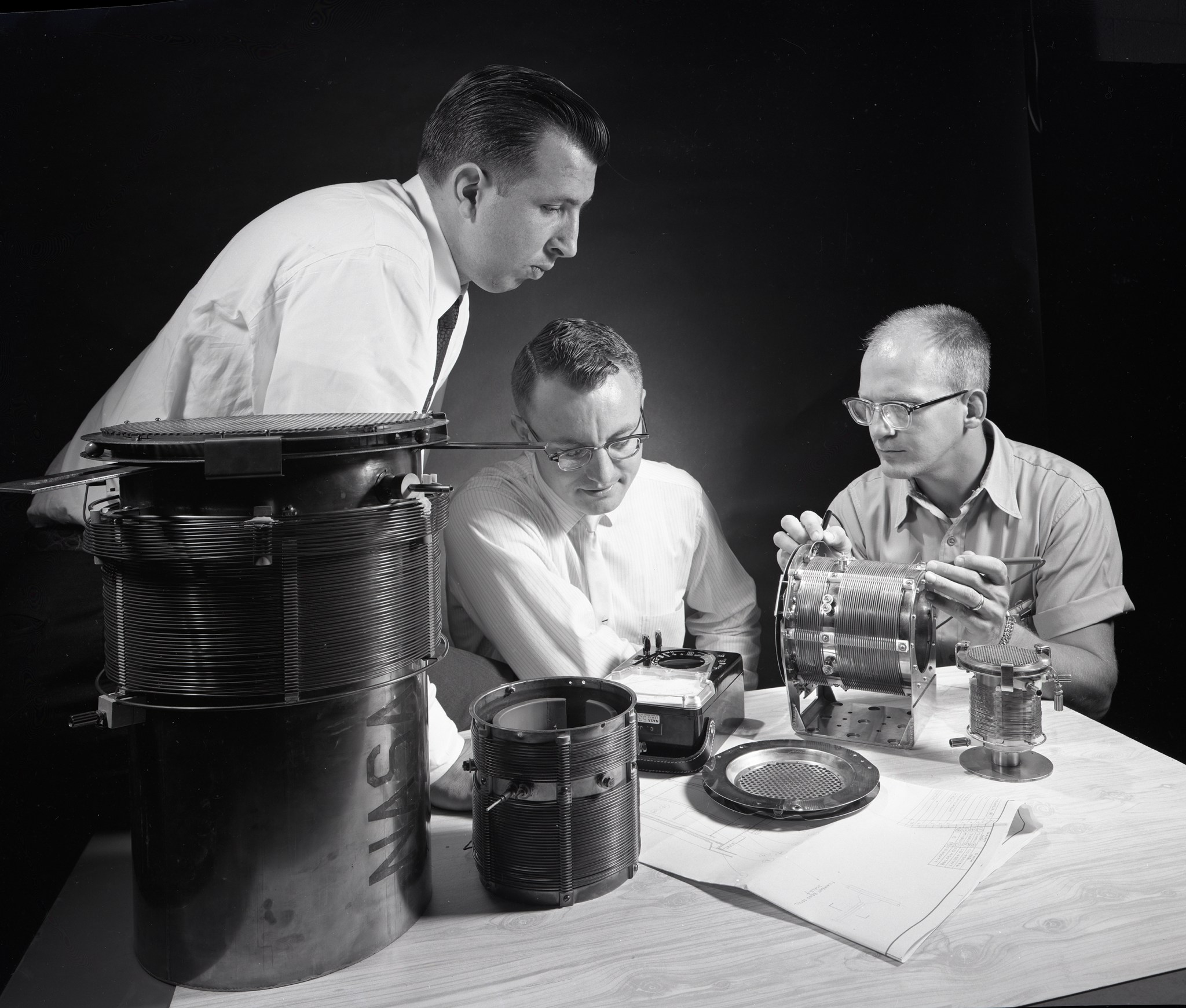
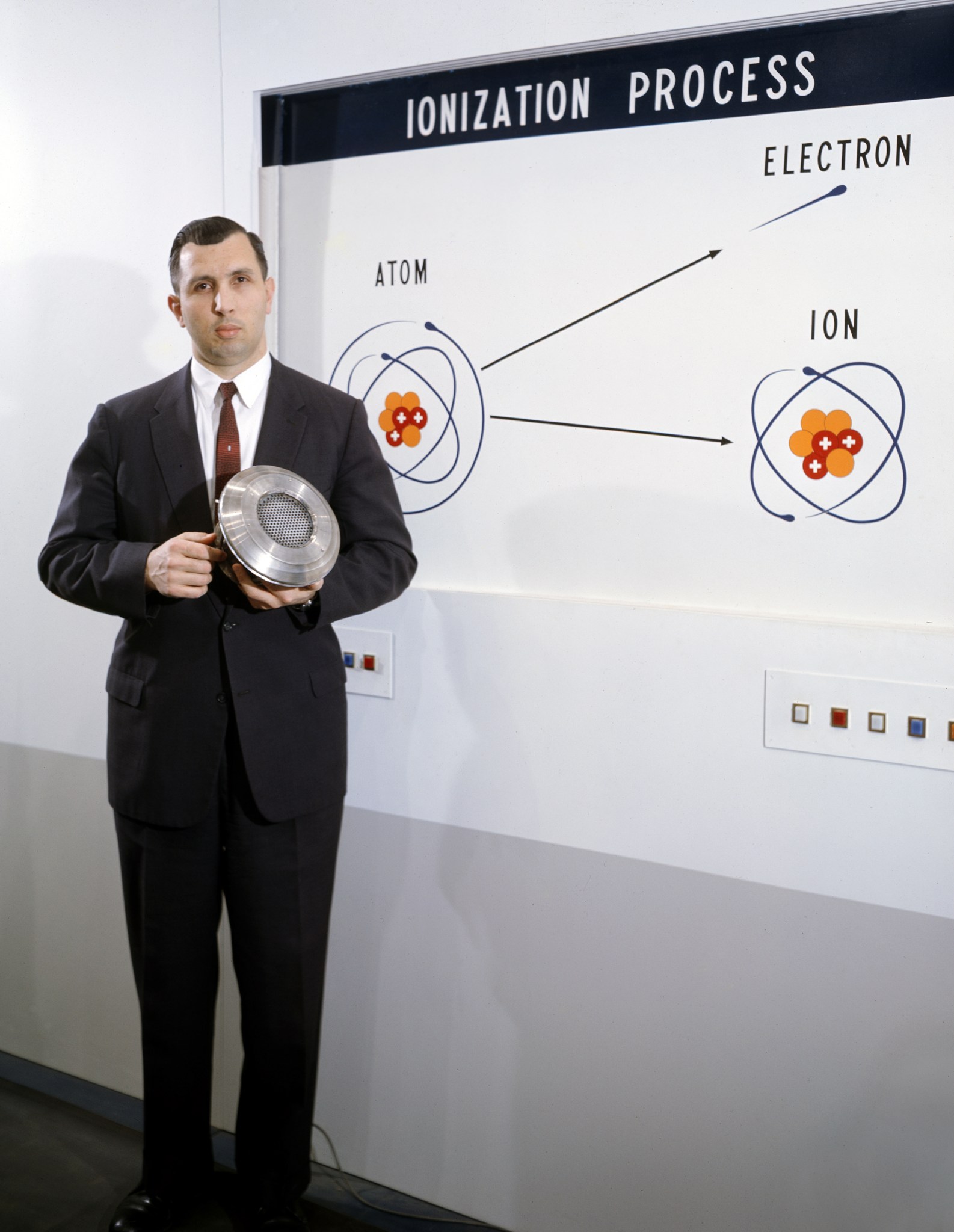
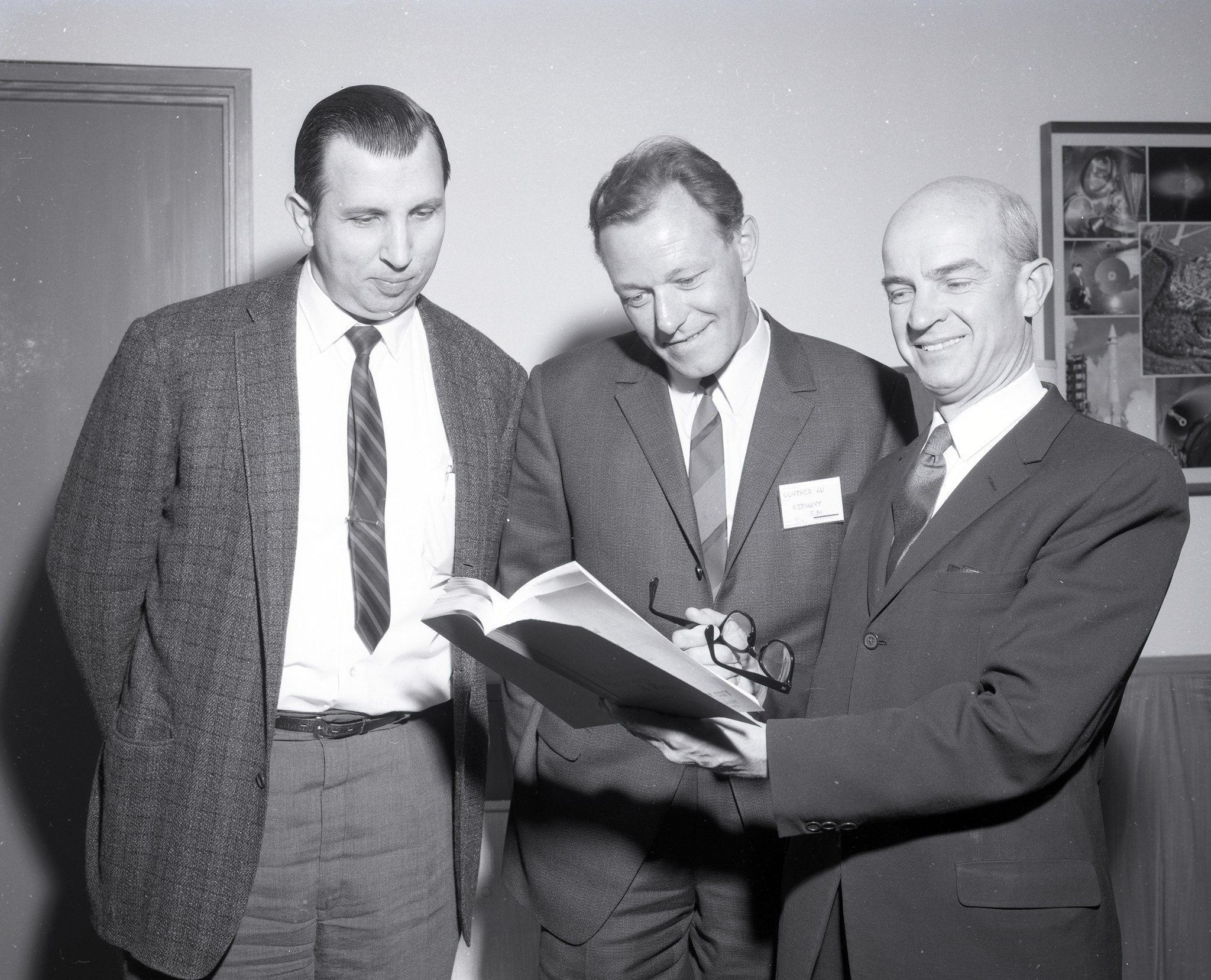
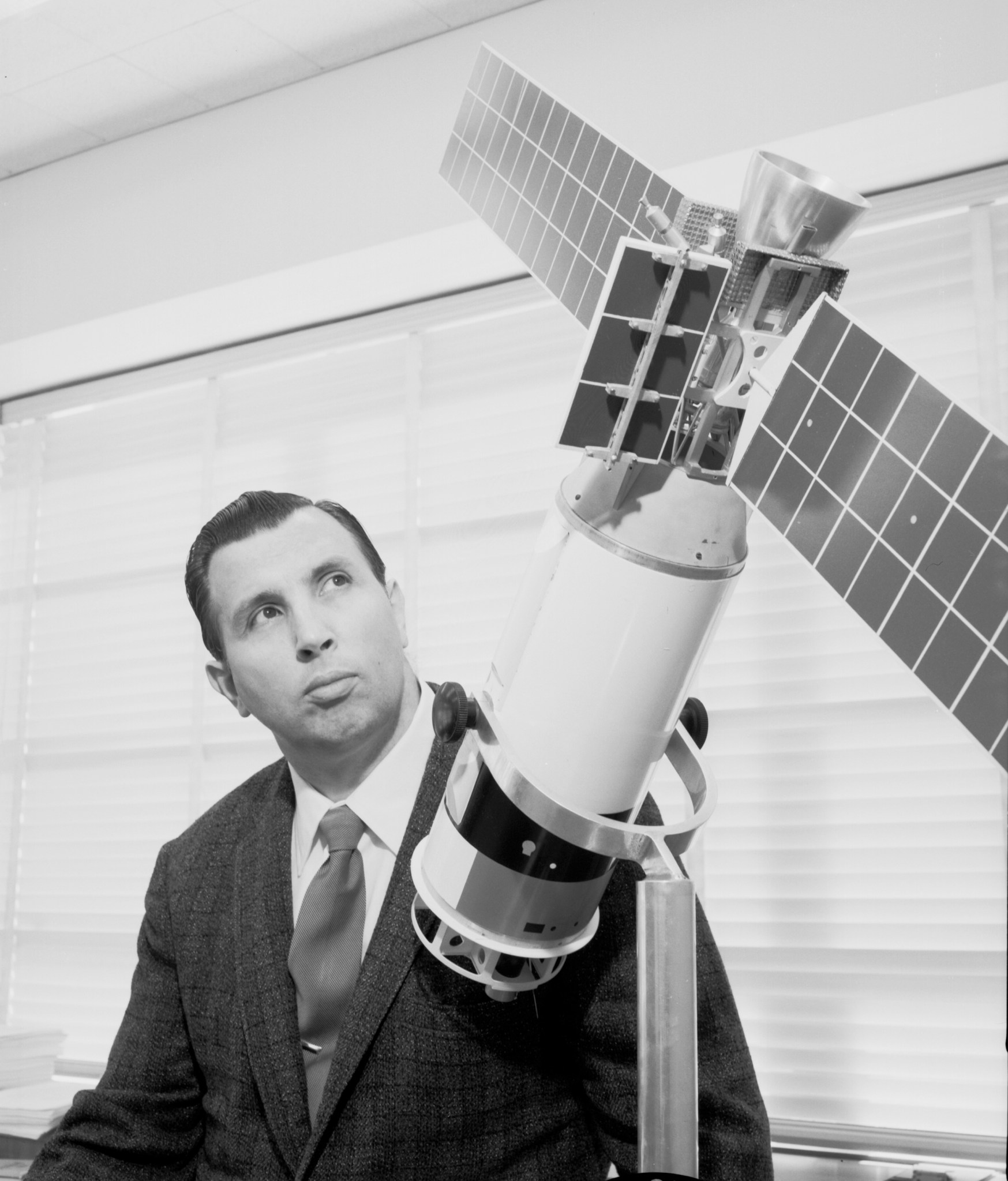
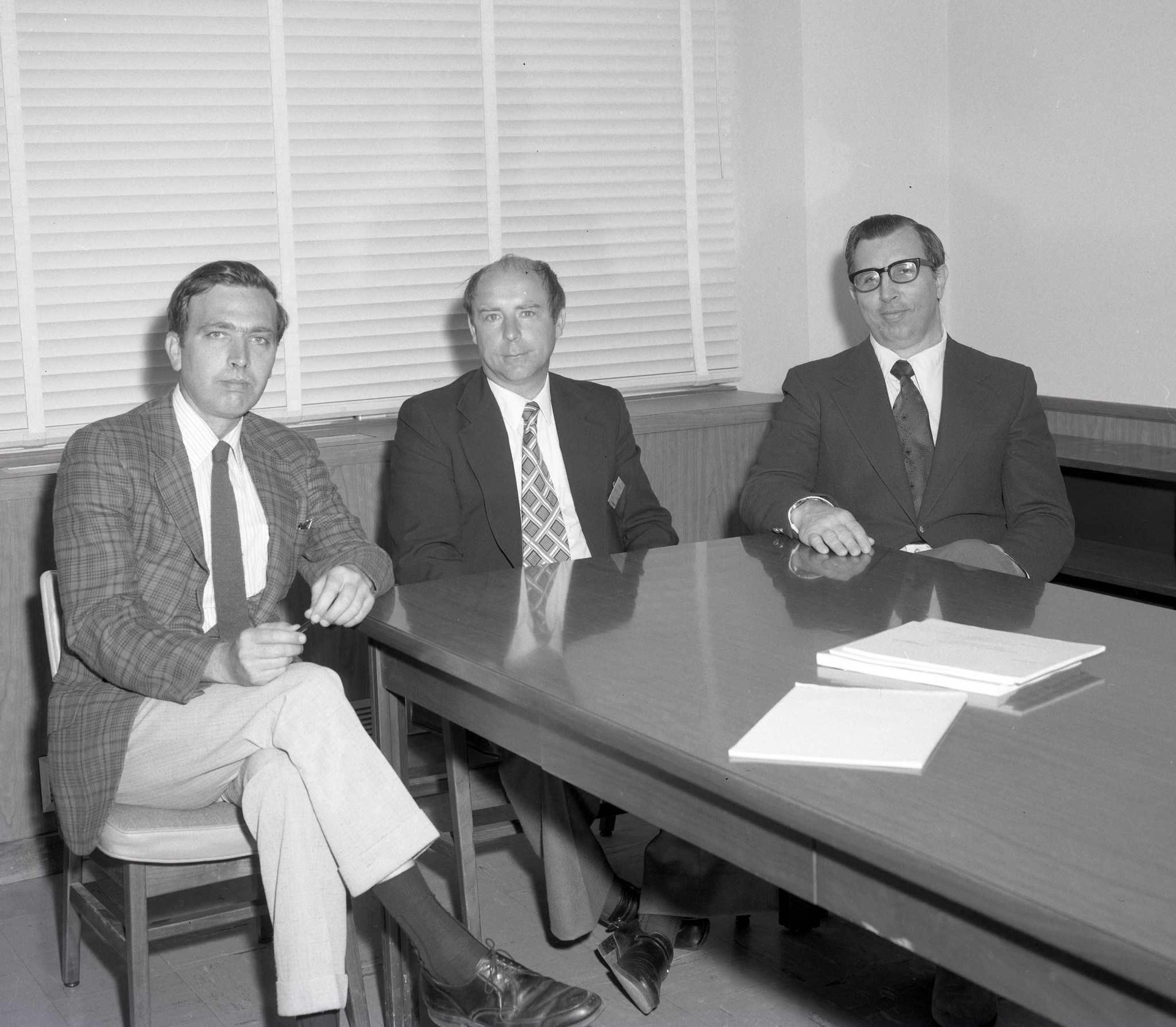
What's Your Reaction?



















.jpg?#)
























